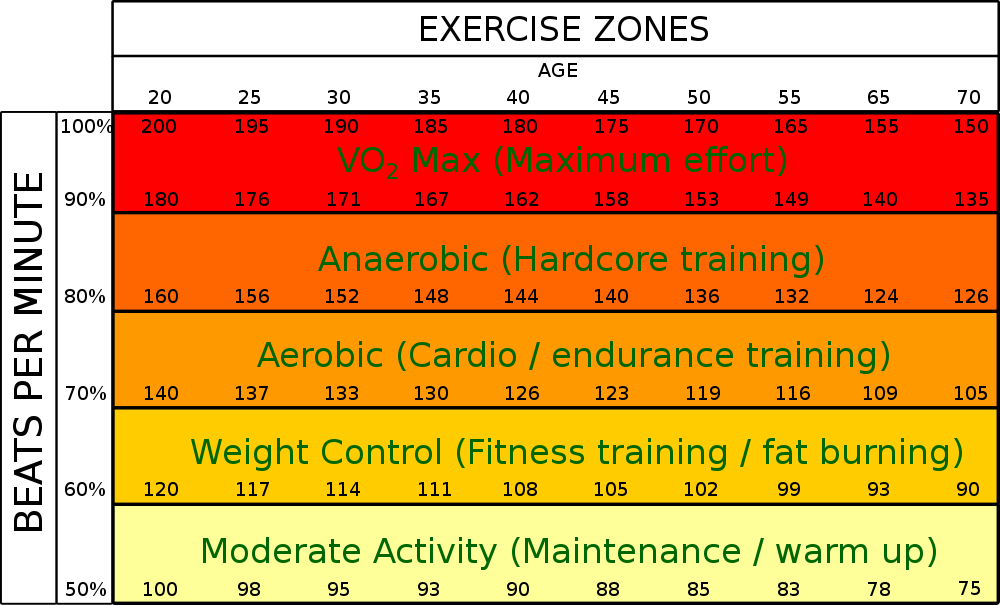But things don't change just by limiting, right? It must have taken some sort of treatment to shift you into tolerating more activity?
ETA: Dang, I've gone long-winded again.

When life is more difficult than usual, I tend to revert to professorial lecture mode. I don't have the energy to edit.
Here's the short answer:
Some things do change by limiting. You can do more, in a way, just by pacing. However, imo it takes treatments to get significantly more total energy/functionality.
________________________________________________________________________________________________________________________________________________________
The long-winded answer:
Think of it this way: your energy is like money. Everything costs something. Sadly, we're broke in energy currency. We're not going to get richer. So what do we do?
Suppose you're broke, but you keep going on expensive month-long vacations, buying designer clothes, and eating out at expensive restaurants every week. You can't pay the power bill. You can barely afford the most basic groceries. You can't afford to put gas in your car. You can't pay the mortgage so you're likely to lose your house. The creditors are after you which causes you untold emotional stress. You're not keeping track of your bills and expenditures, so you never know from one week to the next if you'll have enough money to eat. You're roller-coastering -- sometimes living high, sometimes barely surviving.
That's us if we don't pace correctly. We're living beyond our means. We often don't have the energy for the basics. We don't know from one day to the next how much energy we'll have. It's out of control and very stressful.
So, you give up the extravagances. You don't buy designer clothes. Does that mean you can't by any clothes? No. You might even be able to buy more clothes than before, just less expensive ones. You might eat better in the long run because you're not blowing a huge chunk of your food budget once a week and eating white bread and baloney the rest of the time.
Get the idea? Limiting ourselves with pacing doesn't mean we do nothing. Chances are we are going to be able to do more in some areas. On balance, we can do more, just less extravagantly.
So in a way you can do more by limiting yourself. Pacing is far from a cure. It's not going to change what's wrong with our bodies. We're still broke. But there's a good chance you can live better than you did before pacing. You'll probably be able to live a more predictable, less stressful life. You might find you can do more by doing less.

If you don't fritter away your energy unnecessarily, you have more energy for things you want (or need) to do. Why waste energy standing to shower and dress when you could sit? Why waste energy going up and down the stairs 3 times a day, when with a little planning (and determination) you can only do it once? Why waste your precious, limited aerobic energy stores when you can use your easily replenished low-level anaerobic metabolism? You just have to do things by the very littles. If you don't waste the small amount you have, you can do more overall.
I can't go for my 6 block walk anymore, but I can visit a friend, go to a movie, and watch my kid's soccer match all in the same week instead. Do I blow all my energy on one big energy-consumer, or do I do several low-energy activities? Am I doing more? I guess that's all in your perspective. There's no question I'm limited. I'm not doing my 6 block walk
and doing more activities. I'm doing more less expensive activities.
I don't believe pacing is going to improve our condition hugely. It doesn't deal with what's wrong with our bodies. But the simple fact that by pacing we're no longer continuously doing the equivalent of running all day means a number of symptoms are likely to improve. Stopping abusing our bodies has got to help, at least a little.

IMO, it takes treatments, not just pacing, to get improvements in our total energy. I don't know why or how that works. For me, antivirals were big. Maybe not having to fight off multiple infections means my body has more energy for other activities. Or maybe it's something else entirely. Who knows? What does seem to be true is that very few, if any, PWME find that by pacing alone, they can eventually do what they did pre-pacing and a lot more.



 When life is more difficult than usual, I tend to revert to professorial lecture mode. I don't have the energy to edit.
When life is more difficult than usual, I tend to revert to professorial lecture mode. I don't have the energy to edit.










